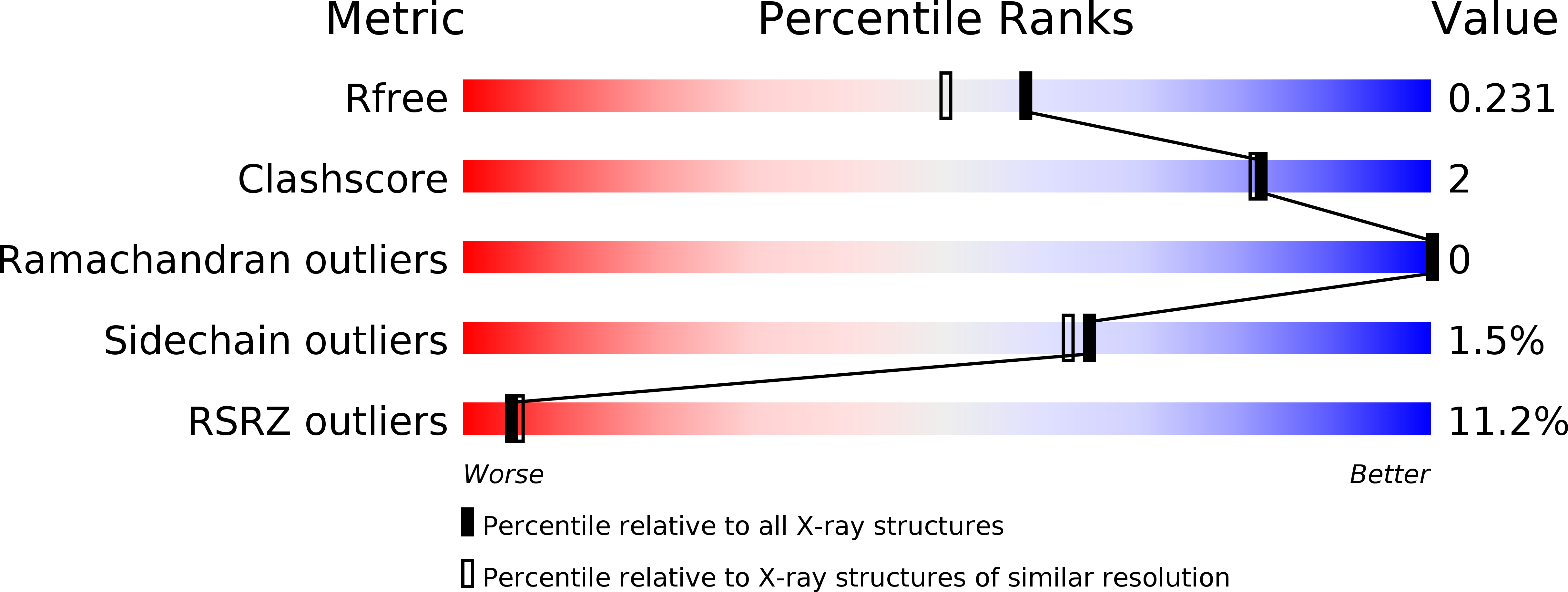
Deposition Date
2007-03-11
Release Date
2007-08-28
Last Version Date
2024-10-16
Entry Detail
PDB ID:
2P4A
Keywords:
Title:
X-ray structure of a camelid affinity matured single-domain vhh antibody fragment in complex with RNASE A
Biological Source:
Source Organism:
Camelus dromedarius (Taxon ID: 9838)
Bos taurus (Taxon ID: 9913)
Bos taurus (Taxon ID: 9913)
Host Organism:
Method Details:
Experimental Method:
Resolution:
1.90 Å
R-Value Free:
0.21
R-Value Work:
0.18
R-Value Observed:
0.18
Space Group:
C 2 2 21


